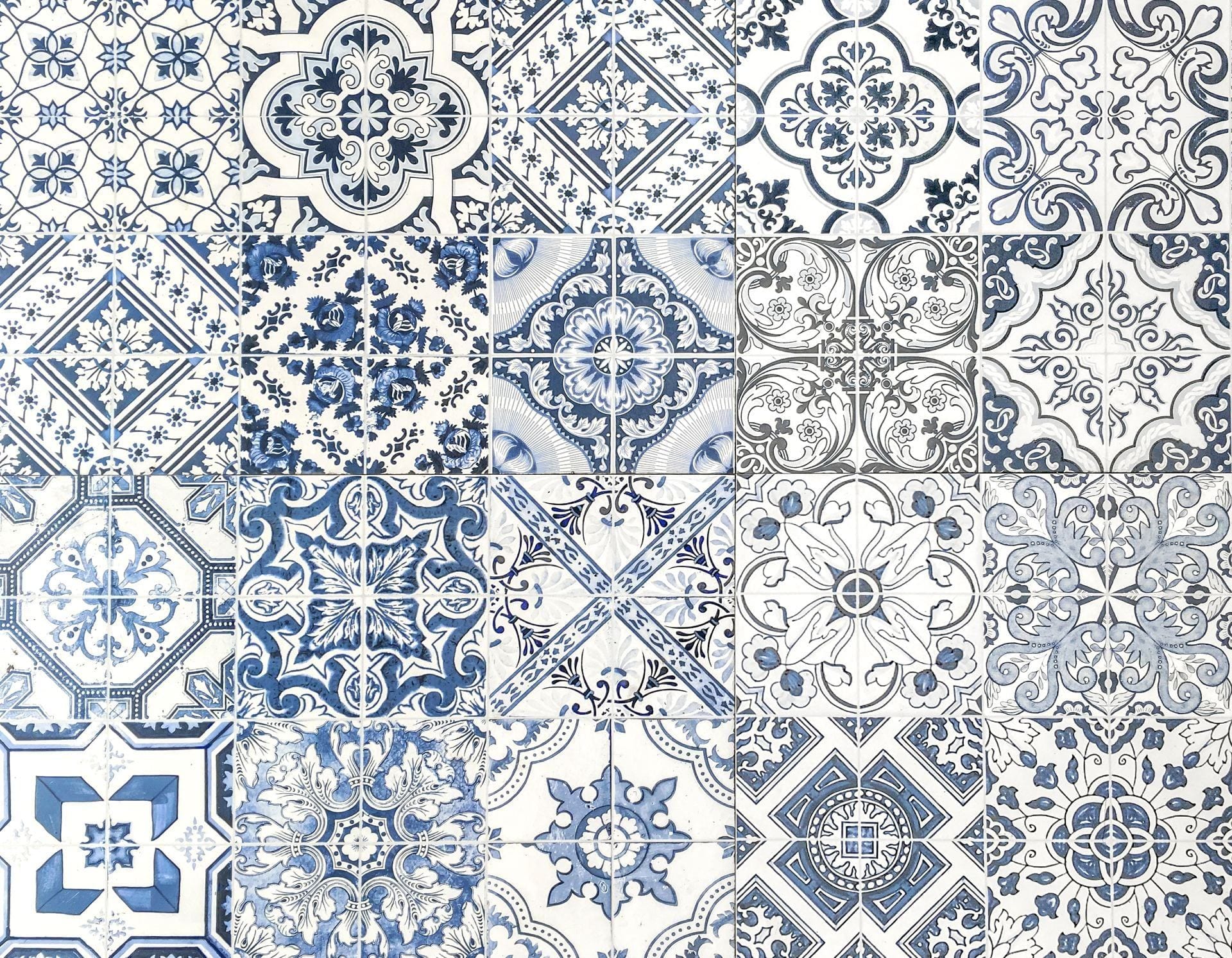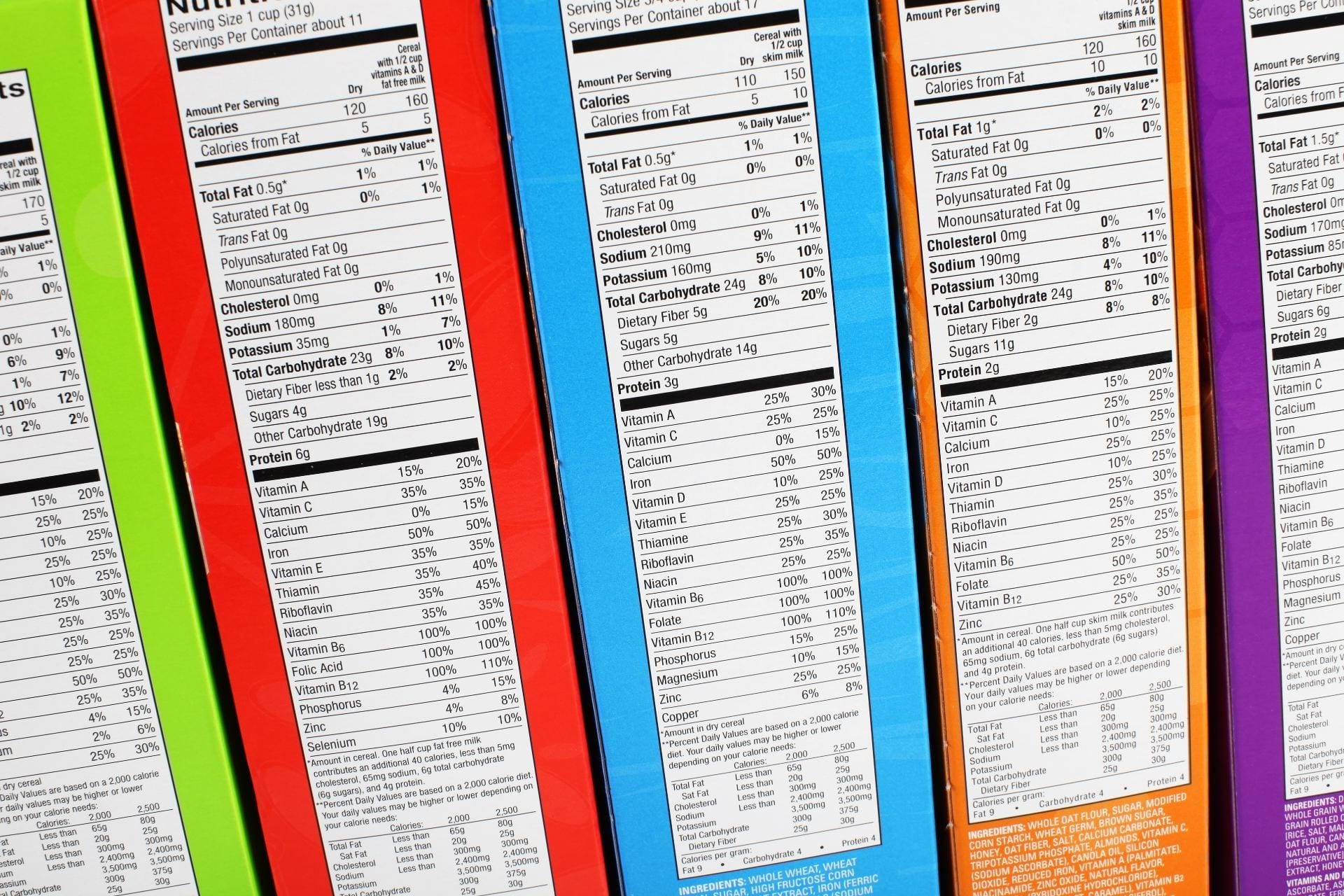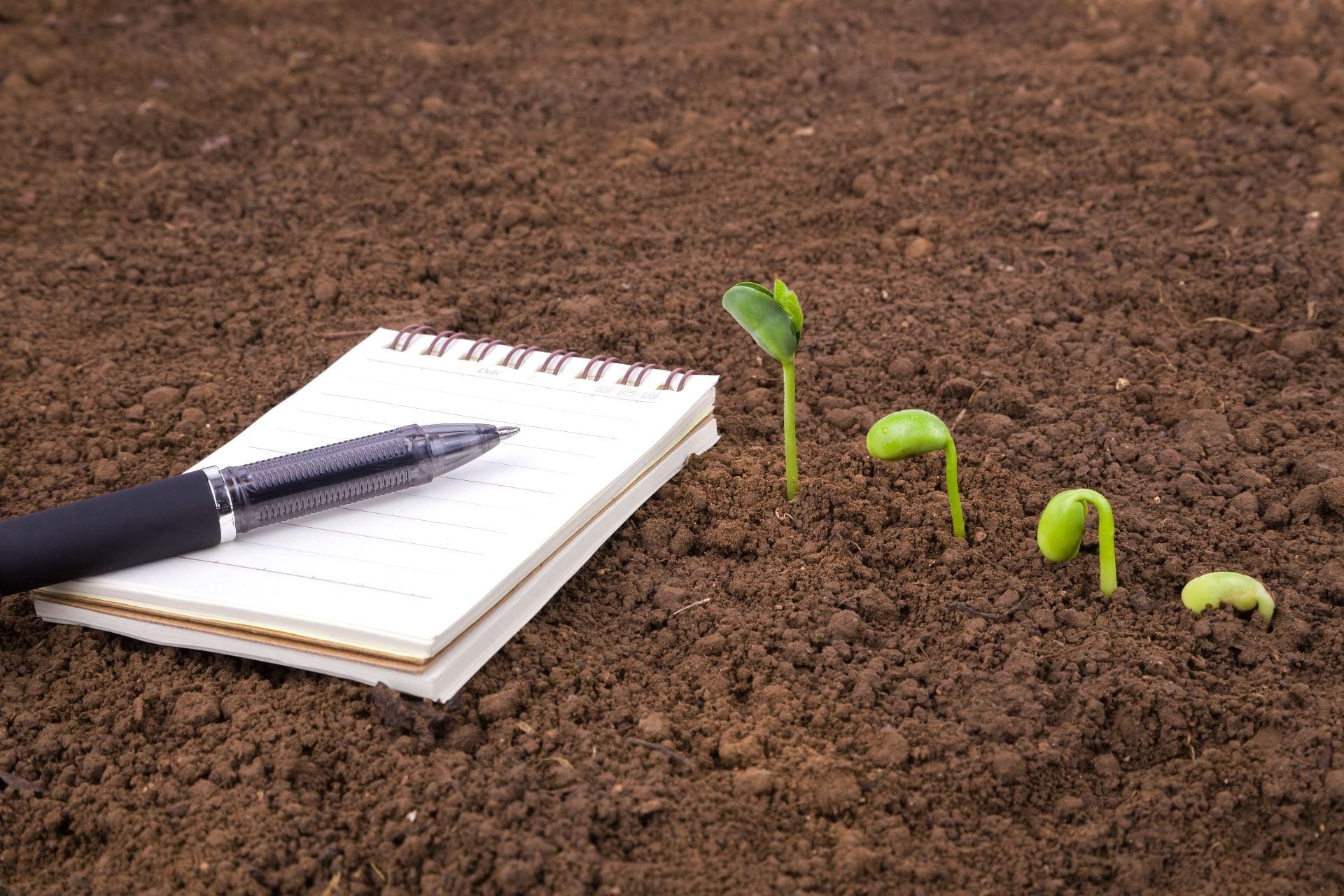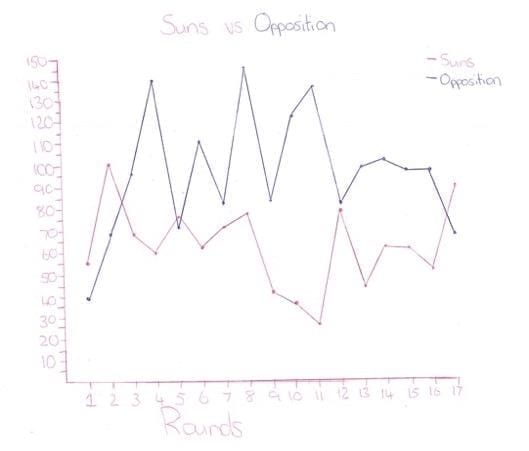Levels 3 to 8
Explore the development of numeracy from Levels 3 to 8
Home » Numeracy Focus Areas » Levels 3 to 8
How does numeracy appear in this context?
What might you expect students to do?
From Level 3, learners are increasingly able to use mathematical terms and symbols to describe computations, measurements and characteristics of objects in context. They can use metric units of length, mass and capacity to measure, order and compare objects.
They carry out investigations, collect and organise data into categories and use different methods with and without technology to display the data.
Learners conduct experiments involving chance, describe possible outcomes and recognise variability in results.
By Level 8, students are consolidating their proficiency with the four arithmetic operations, and combinations of these, for general computation involving natural numbers, integers and rational numbers, with and without the use of technology.
They generalise from number to algebra, and expand, factorise, simplify and substitute into simple algebraic expressions, and investigate and use various techniques for collecting data, including random sampling.
The Victorian Numeracy Learning Progressions provide a sequence of key numeracy indicators from Foundation to Level 10 that have been used in the descriptors for each Numeracy Focus.
For specific mathematics content descriptions and achievement standards, see the Victorian Curriculum F-10.
Developing number sense
Quantifying numbers, using additive and multiplicative strategies
Developing number sense includes quantifying numbers, estimating, using additive and multiplicative strategies, as well as:
- Connecting and ordering number names, numerals and groups of objects using numbers up to the appropriate number of digits for the developmental level
- Multiplicative thinking: Students can work flexibly with the concepts, strategies and representations of multiplication (and division) as they occur in a wide range of contexts.
Everyday contexts and cross-curricular examples involving quantifying numbers, estimating and additive and multiplicative strategies:
- Media reports: How many people in a photo, at an event?
- Science: Investigate wildlife populations, paying special attention to endangered species. Use microscopes to examine very small objects that we can still see
- Mathematics: Estimate before calculating, then ask whether the answer makes sense
- Geography: Given a map and the area of one country, estimate the areas of other given countries; Population density – people per a given area
- Economics: National debt and superannuation savings. For example, see the Australian Debt Clock.
Language to make numeracy focus
- Place value and number names, e.g. million, billion, trillion; tenths, hundredths, etc.
- How much money do we need to save for a mobile phone?
- “How do you know your answer is sensible?”
- “How small can something be so that we can still see it?
Events such as New Year bring many people together. A photo can be used to help estimate the number of people at this event
Nick (aged 12) estimating 9 x 293
Exploring patterns and relationships
Using number patterns and thinking algebraically
Exploring patterns and relationships includes using number patterns and thinking algebraically, as well as:
- Identifying and describing pattern rules and relationships that help to identify trends
- Expressing trends algebraically at upper primary and secondary levels.
Everyday contexts and cross-curricular examples involving patterns and relationships:
- Mathematics: geometric patterns
- Biology: Nature patterns – e.g., Fibonacci sequences in leaves, pine cones and shell designs
- Art and design: Noticing tessellations and patterns in wallpaper and fabric design
- Art (Architecture) and history: Exploring where and why the golden ratio was used in well-known buildings such as the Parthenon
- Geography: Colouring a map of Africa using the 4-colour theorem (where no more than four colours are required to colour the regions of the map) so that no two adjacent regions have the same colour.
Language to make the numeracy focus
- “How could the pattern be expressed using algebra, starting with x for the unknown number?”
- “What are some ways that we could all find out who uses algebra in their occupations?”
- “Can you describe the pattern to me?”
Patterns are all around us. These tiles of the same shape have various patterns. Notice the similarities and the differences between each tile.
Using proportional reasoning
Operating and interpreting decimals, fractions, percentages, ratios and rates
Using proportional reasoning includes operating and interpreting decimals, fractions, percentages, ratios and rates, as well as:
- Visualising, describing and ordering equivalent fractions, decimals and simple percentages
- Solving problems using simple percentages, ratios and rates.
Everyday contexts and cross-curricular examples involving using proportional reasoning:
- Mathematics: Supermarket price comparisons or comparing sports scores’ percentages (wins compared with losses, converted to percentages)
- Health and Physical Education: Noting and discussing the percentages of sugar and fat in specific foods that children may enjoy eating. What do “lite, light, and low fat” actually mean in such products?
The use of appropriate language and questions help to make the numeracy focus
- Percentage, positive and negative fractions (fraction families, e.g. halves, quarters and eighths or thirds and sixths, including mixed numbers and improper fractions), equivalent, denominator, numerator, ratio, rate, speed, compare, decimal
- “Which is better value for money, 150g of yoghurt for $1.80, or 350g of yoghurt for $4.25?
- “How do we know the original price if we know the price including GST?”
- “Why do cars generally slow down going up a very steep hill?”
- “When do you hear the word ‘percent’ used, and what is your understanding of its meaning?”
- “How could you express each of the Australian states’ populations as a percentage of Australia’s population?”
- “What is the ratio of girls to boys in your class if 3/5 of the class are girls?”
Nutrition panels provide information as a proportion, usually in the form of energy per serve and per 100 grams
Understanding and using geometric properties and spatial reasoning
Understanding and using geometric properties and spatial reasoning includes:
- Visualising, describing and analysing the way shapes and objects are combined and positioned in the environment for different purposes.
Everyday contexts and cross-curricular examples involving geometric properties and spatial reasoning:
- Health and Physical Education: Orienteering; scoring goals/points in ball games
- Geography: Mapping,
orientation of maps, projection, locational references - Languages: Asking directions, directional and positional words, shape names, etc.
- Science: Drawing equipment used in experiments
- History: Reading and making timelines (proportional and non-proportional)
- English: Writing adventure stories that include the use of treasure maps and exploring different locations
- Art: Design, symmetry, tessellation, rotational geometry, learning about why particular shapes are used in buildings.
Language to make the numeracy focus
- Symmetry, reflection, tessellation, rotation, flip slide, corner, edge, vertex, face, circumference, prism, pyramid, rectangle, parallelogram, rhombus, trapezium, kite, quadrilateral, straight line, degrees, acute, obtuse, straight and reflex angles, parallel sides, diagonal
- “I wonder why the floor plan of most classrooms
are nearly square. What might be the advantages of that?” - “What do you notice about shapes in our environment that do and do not tessellate? What are the features of these shapes?”
- “Let’s find out how jigsaws are made. How could we do that?”
Flinders Street railway station is a major landmark on maps which assists in locating other destinations. Another feature is its symmetrical facade.
Understanding, estimating and using measurement
Understanding, estimating and using measurement includes:
- Choosing and using appropriate metric units for length, area, volume, capacity and mass to solve everyday problems
- Converting digital to analogue time and understanding 24-hour time.
Everyday contexts and cross-curricular examples involving estimating and measurement:
- Health and Physical Education: Measuring bodies, e.g., temperature, hand spans, proportions of body parts. Calculating relevant masses and volumes, e.g., water in the body
- Geography: Areas and comparative areas of states, countries, etc.as well as populations and comparative areas of states, countries, etc. e.g., “If the area of Victoria is “one”, what is the area of Western Australia?”
- Languages: Words for measurements. Learning about units of measurement used in relevant countries; e.g., decimetre, decametre, decalitre, decare; as well as “
deci …”, “centi …” and “cent words” and “milli …” words, as well as their meanings and pronunciations in relevant languages - Science: Studying Celsius and Fahrenheit temperature and other scientific measurements. Learning about metric and imperial measurement use in other countries, and life spans of animals
- History: Reading and making timelines (proportional and non-proportional); the history of measurement; Investigations about measurements and their histories, e.g., Commonwealth countries vs.
non – Commonwealth countries; imperial vs. metric measurement - English: Consider different measurements and comparisons used in texts and novels
- Art: Measurement as needed in making patterns, designs, plans, etc.
Language to make numeracy focus
- Volume, capacity, mass, length, width, height, area, perimeter, millimetres, centimetres, metres, kilometres, milligrams, grams, kilograms, tonnes, millilitres, litres, kilolitres, megalitres, mm2, cm2, m2, hectares, km2, mm3, cm3, m3, time, analogue, digital, minutes, seconds, decades, am, pm
- “The time is noon. Given this timetable, what trains might we take to be home before dinner?”
- “How do cultures and countries measure time? How is time measured in different Aboriginal Country?”
- “How many metres do you think it is to the netball goal posts? What are lots of ways that we could check that estimation?”
- “How do you think AFL umpires estimate if a kick has travelled 15 metres?”
- “Find out how many of your hand spans make your height. Compare that with other people’s findings.
Most cookbooks display temperature in degrees Celsius or Fahrenheit however in science the unit is Kelvin
Nick (aged 12) estimates the distance to his dog and then stepping it out
Exploring chance and data
Exploring chance and data includes:
- Collecting, recording, displaying, and interpreting data in tables, diagrams, graphs, etc.
- Describing chance events and comparing observed outcomes with predictions using informal and formal language and numerical representations such as a 75% chance of rain or 50/50 chance of passing a test.
Everyday contexts and cross-curricular examples involving exploring chance and data:
- Health and Physical Education: Sports league tables, exercise activity electronic output, nutrition labels
- The Humanities: Election and poll results – predicted outcomes compared with actual results
- Geography: Interpreting graphs or statistical information to compare countries populations and growth rates
- Languages: Investigating and graphing how many words in the English language are similar or identical to other languages
- Science: Collecting data on the growth and changes to plants over a term
- History: Reading and interpreting graphs about the influx of people into Victoria during the Gold Rush period
- Mathematics: Finding out and graphing the number of people who play particular sports (students’ choices); have particular hobbies such as crafting or photography; or belong to associations such as Cubs, Brownies, Scouts and Guides –– or any data of interest to the age group
- English: Identifying
language of chance used correctly and incorrectly in everyday speech or texts.
Language to make numeracy focus
- Certain, impossible, likely, unlikely, chance, 50:50, Buckley’s, maybe, Boolean terms (and, or, not) etc.
- “How many other probability words can you list?”
- “Which occupations use chance/probability, and how do they use it?”
- “If a weather forecaster says ‘Falls in the Wodonga area today are likely to be 15mm, what does that mean?”
- “How do pollsters predict the outcome of an election or by-election?”
Seeds may be planted in the same area and at the same time, however the chance of germinating at the same time can vary.
Nick (aged 12) drew a graph of his passionate interest: scores of his favourite AFL football team
Further Resources
The Numeracy Learning Progressions mapped to the Victorian Curriculum: Mathematics (VCAA, 2017). These outline a sequence of observable indicators of increasingly sophisticated understanding and skills in 15 key numeracy concepts across year levels. Review the Numeracy Learning Progressions
Levels 3 to 8 of the Victorian Curriculum: Mathematics (VCAA, 2017) from Foundation to Level 10. Explore the Victorian Curriculum Levels 3 to 8
The At a glance: Literacy and Numeracy teaching resources provides a snapshot of resources available to teachers to support the teaching and learning cycle. Review the At a glance resource
Scaffolding Numeracy in the Middle Years (SNMY): Multiplicative Thinking, which is “indicated by a capacity to work flexibly with the concepts, strategies and representations of multiplication (and division) as they occur in a wide range of contexts. Discover the Scaffolding Numeracy in the Middle Years
The ReSolve project, offers many rich tasks which effectively address numeracy components across Levels 3 to 8. For example, at level 3, “Algebra: Number Sequences: Letterbox Numbers” or the “Modelling Motion” task that spans year levels 5 to 8 focussing on modelling a variety of different motions with mathematics. Contexts include rolling balls and falling object, Olympics events, and Galileo’s experiments with falling objects. Delve into the ReSolve project now
Brown, N., Watson, J., Wright, S., & Skalicky, J. (2011). A primary classroom inquiry: Estimating the height of a tree. Australian Primary Mathematics Classroom, 16(2), 3.








